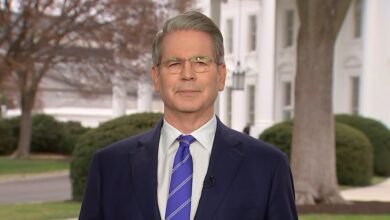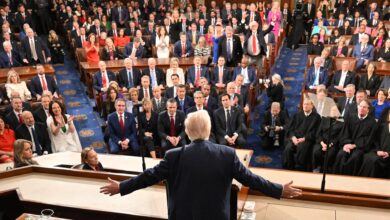Texas Stock Exchange Plans to Launch by 2026, Rivals NYSE and Nasdaq

In a bold move to decentralize the financial markets, Texas is planning to launch its own stock exchange by 2026. This new exchange aims to provide an alternative to the established New York Stock Exchange (NYSE) and Nasdaq, potentially reshaping the landscape of American financial markets.
Background
The initiative to create a Texas-based stock exchange reflects the state’s growing influence in business and finance. Texas has long been a hub for energy, technology, and healthcare industries, attracting major corporations and fostering a dynamic economic environment.
Objectives of the Texas Stock Exchange
- Decentralization: By establishing a stock exchange outside of the traditional financial centers of New York, Texas aims to decentralize the financial markets, offering more regional control and potentially reducing systemic risks.
- Innovation and Technology: Leveraging Texas’s robust technology sector, the new exchange plans to incorporate advanced trading technologies and innovative financial instruments.
- Business-Friendly Environment: Texas’s favorable business climate, characterized by lower taxes and less stringent regulations, aims to attract companies looking for a more flexible and cost-effective trading platform.
Key Features
Regulatory Framework
The Texas stock exchange will operate under state-specific regulations, which are expected to be more business-friendly compared to federal regulations governing the NYSE and Nasdaq. This regulatory flexibility could attract companies seeking a less burdensome compliance environment.
Technological Integration
The exchange plans to leverage cutting-edge technology to enhance trading efficiency, security, and transparency. This includes the use of blockchain for transaction verification, AI-driven trading algorithms, and real-time data analytics.
Focus Industries
Given Texas’s economic strengths, the new exchange is likely to focus on industries such as energy, technology, healthcare, and manufacturing. This focus could attract sector-specific investments and facilitate the growth of regional companies.
Implications for the Financial Markets
Increased Competition
The launch of the Texas stock exchange will introduce significant competition to the established NYSE and Nasdaq. This competition could drive innovation and improvements in trading practices, fee structures, and customer service across all exchanges.
Regional Economic Growth
A Texas-based stock exchange is expected to boost the regional economy by attracting more businesses, investments, and financial professionals to the state. This growth could further solidify Texas’s position as a leading economic powerhouse in the United States.
Investment Opportunities
For investors, the new exchange will provide additional opportunities to diversify their portfolios. It may also offer unique investment opportunities in regional companies that are not listed on other exchanges.
Challenges and Considerations
Market Acceptance
One of the primary challenges will be gaining acceptance and trust from investors and companies accustomed to the established exchanges. Building a reputation for reliability, transparency, and security will be crucial.
Regulatory Harmonization
While state-specific regulations can be advantageous, the Texas stock exchange will need to ensure that its rules and practices are harmonized with federal regulations and international standards to attract a broad range of participants.
Infrastructure and Technology
Developing the necessary infrastructure and technology to support a modern, high-volume trading platform will require significant investment and expertise. Ensuring robust cybersecurity measures will also be critical to protect against potential threats.
Future Prospects
The establishment of a Texas stock exchange represents a significant shift in the financial markets, with the potential to decentralize financial power and foster regional economic growth. If successful, it could pave the way for other states to develop their own exchanges, further diversifying the American financial landscape.





